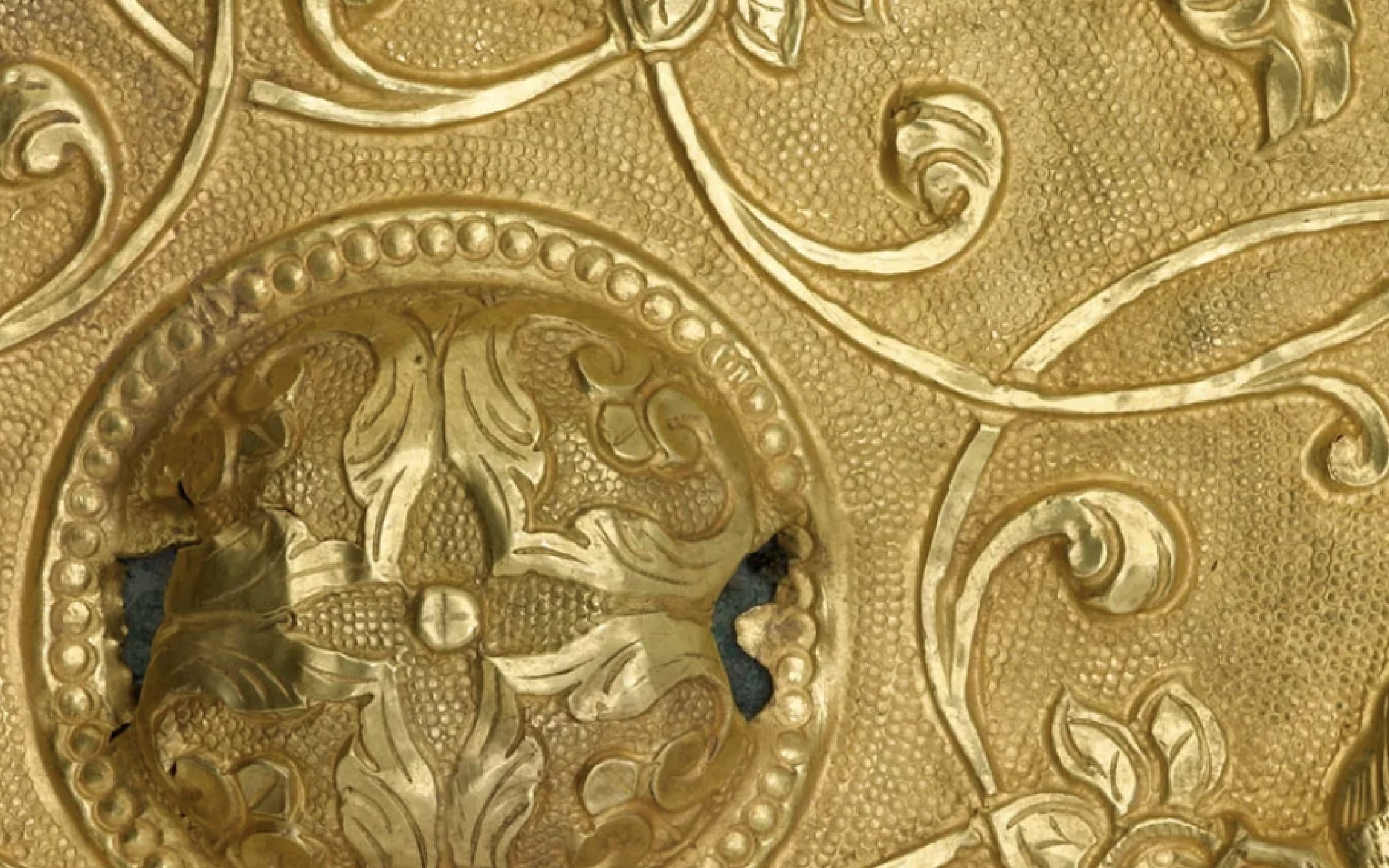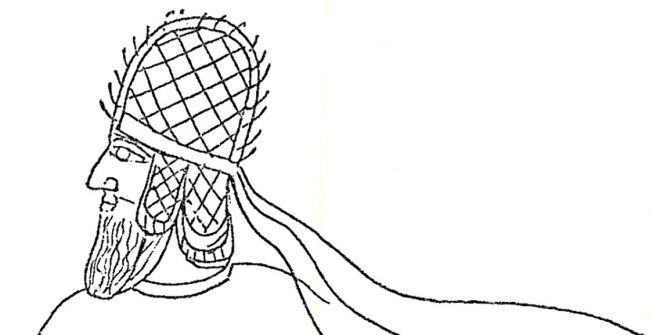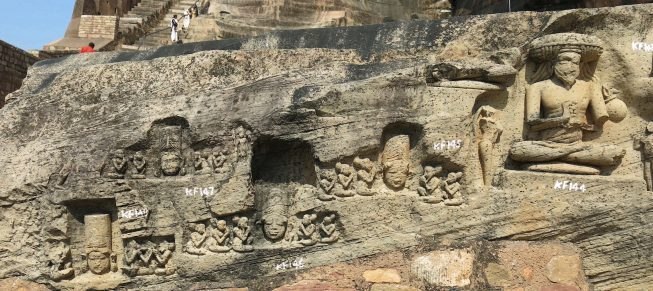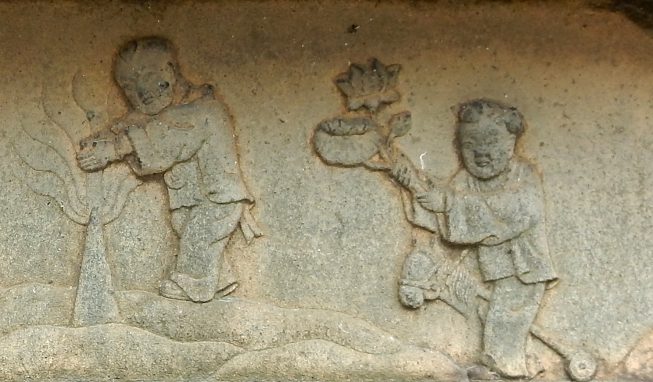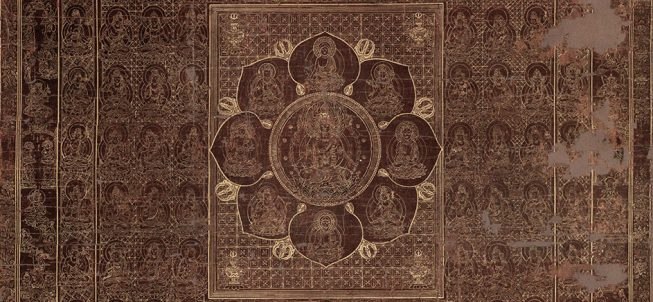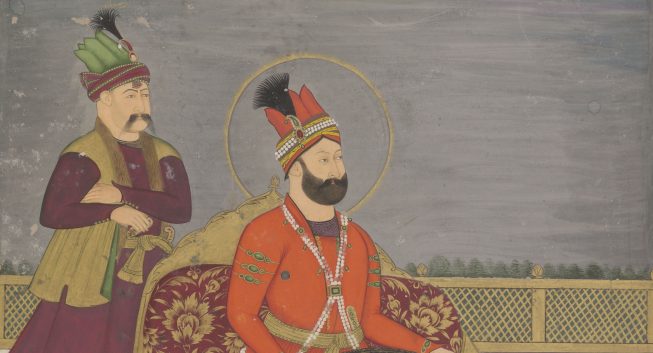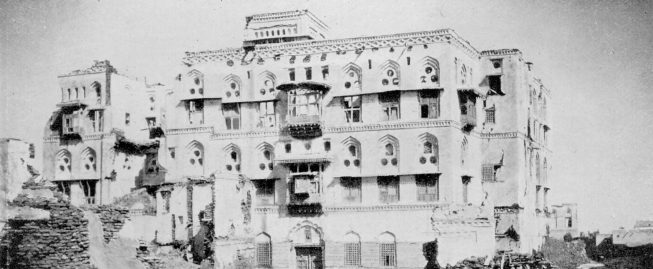With this volume, Ars Orientalis marks another significant milestone in its history. Building upon the desire to increase the journal’s scope and diversify its audience, this volume reflects a change in the journal’s submission model. After decades of guest-edited thematic volumes, Ars Orientalis inaugurates a return to a model of open submission, allowing articles on any topic related to Asian arts, from ancient to contemporary. This volume also introduces a new section, “Conversations from the Field.” These occasional, shorter, and non-peer-reviewed pieces aim to highlight methodological approaches, interviews with contemporary artists, and reflections on the discipline of art history and material culture.
Ars Orientalis Issue 54
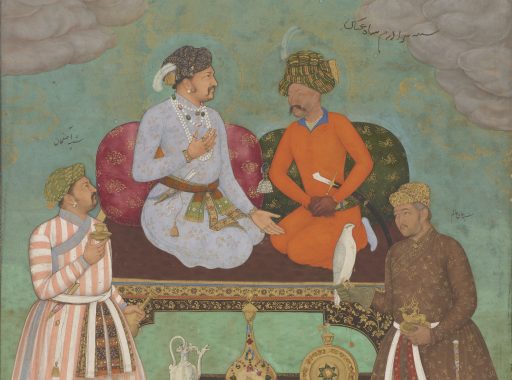
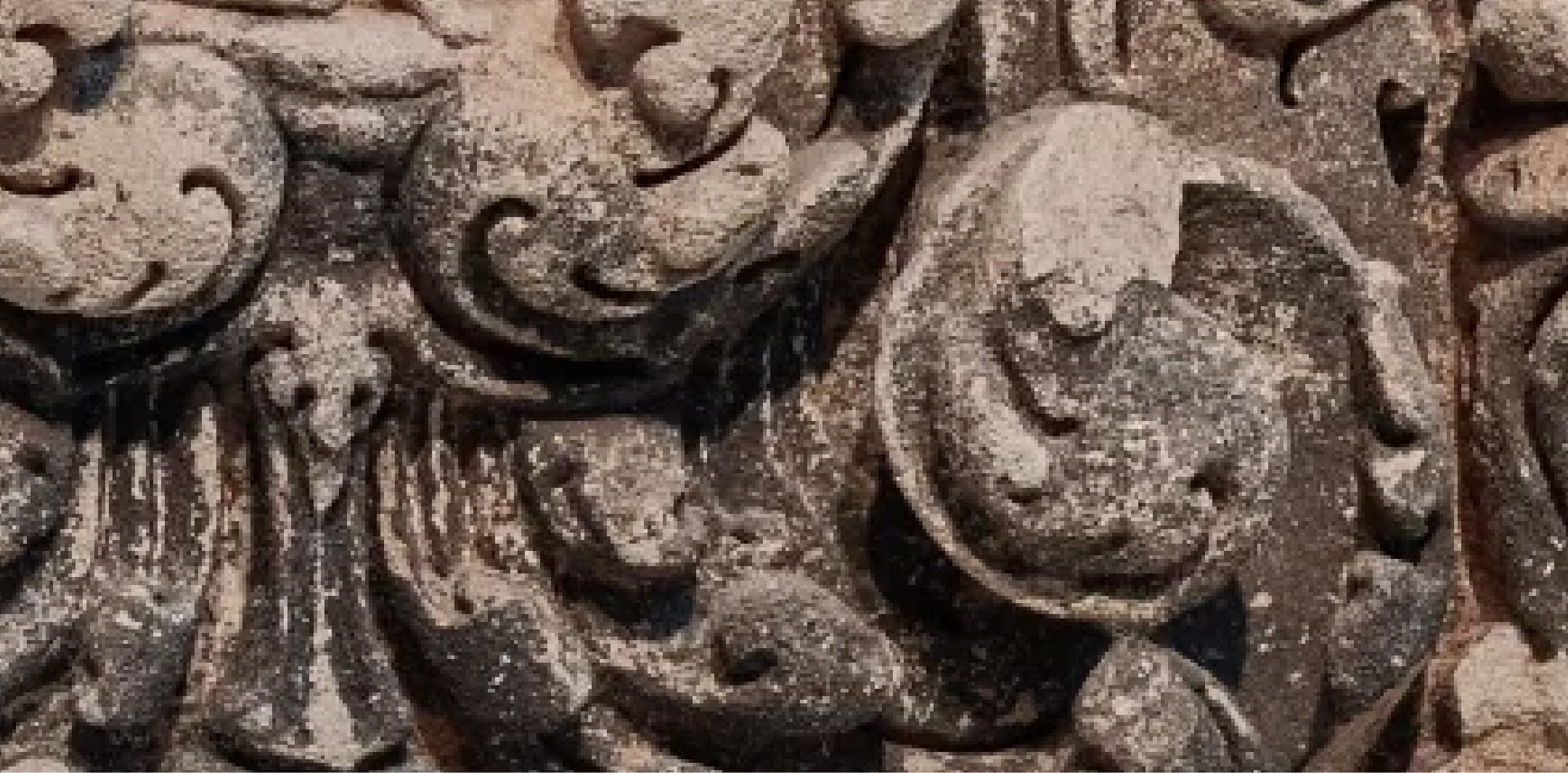
Introduction
-
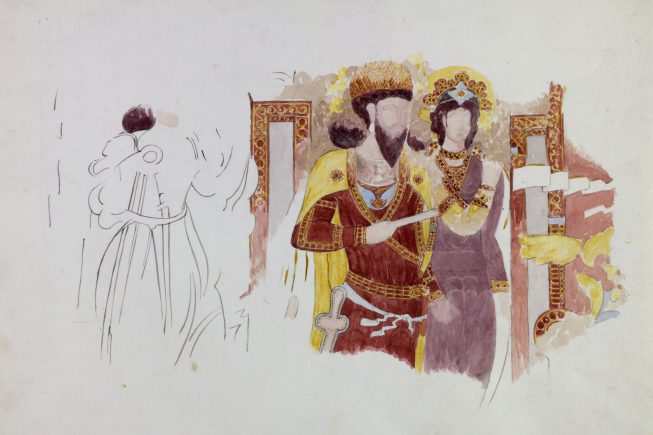
Introduction
Massumeh Farhad, Editor-in-Chief
Conversations from the Field
-

Jananne Al-Ani in Conversation
Jananne Al-Ani with Massumeh Farhad
Digital Initiatives
Ars Orientalis 54
-
Editor-in-Chief
Massumeh Farhad
-
Advisory Board
Kit Brooks
Antonietta Catanzariti
Kevin Carr
Dipti Khera
Lihong Liu -
Managing Editor
Sana Mirza
-
Production Manager
Judy Lee
-
Publication Assistant
Sophie Loring
-
Editor
Mary Cason
-
Designer
BookComp
University of Michigan Publishing -
Editorial Offices
Ars Orientalis
National Museum of Asian Art
Smithsonian Institution
P.O. Box 37012, MRC 707
Washington, D.C. 20013-7012
For deliveries
(DHL, FedEx, UPS, courier)
1050 Independence Avenue, SW
Washington, D.C. 20560
Watercolor sketch (1 of 2) of fragmentary paintings on the wall. Ernst Herzfeld / National Museum of Asian Art Archives, Smithsonian Institution, Ernst Herzfeld Papers, FSA A.06 05.0354
Graffito in Persepolis, detail of the northern wall of the “Harem.” From Peter Calmeyer, “Zur Genese altiranischer Motive, V. Synarchie,” Archäologische Mitteilungen aus Iran, n.s. 9 (1976): pl. 3
Relief carving showing Agastya with the waterpot and scenes of lingam veneration, ca. 11th–12th century CE, Nīlakan ̇t ̇ha temple courtyard, Kālañjara, Uttar Pradesh, India. Photo by author
Unknown artisan(s), under the direction of Benhong (fl. early–mid-thirteenth century), “Boys heaping sand” (Tongzi ju sha), from the base of the East Pagoda, Kaiyuan si, Quanzhou, ca. 1238. Carved stone, H. x W.: approx. 27 cm x 104 cm. © Ryan Whyte, 2019
Ryōkai Mandara (Mandalas of the Two Worlds), Japan, Muromachi period, 12th century. Set of two hanging scrolls; gold on purple-dyed silk. (left) Diamond World Mandala. 166.8 x 82 cm. (right) Womb World Mandala. 166.3 x 81.8 cm. National Museum of Asian Art, Smithsonian Institution, Freer Collection, Purchase — Charles Lang Freer Endowment, F1966.4
Nadir Shah, artist unknown. Opaque watercolor, gold, and ink on paper. From an album interspersed with portraits of Mughal rulers, 18th century, India. H x W (folio): 44 x 32 cm. Bodleian Library, University of Oxford, MS. Ouseley Add. 166, fol. 44r.
Rama and Lakshman with the sage Vishvamitra, from the “Shangri” Ramayana of Raja Raghbir Singh. Attributed to the Master of Style II of the ‘Shangri’ Ramayana. National Museum of Asian Art, Smithsonian Institution, Purchase and partial gift from the Catherine and Ralph Benkaim Collection—funds provided by the Friends of the National Museum of Asian Art, S2018.1.9
Jananne Al-Ani, Timelines (film still), 2022, Panoramic Video Installation, 9 minutes 7 seconds. © Jananne Al-Ani
Palace of Sultan Hasan (now destroyed), Mocha, Yemen, photograph by Hermann Burchardt, 1909, from Eugen Mittwoch, Aus dem Jemen: Hermann Burchardts letzte Reise durch Südarabien (Leipzig: Deutsche Morgenländische Gesellschaft, 1926), pl. xxii. Image in the public domain

